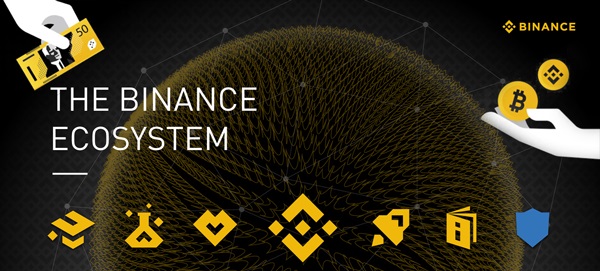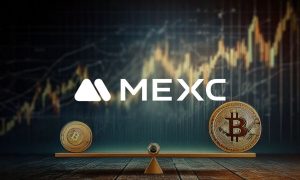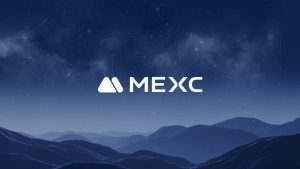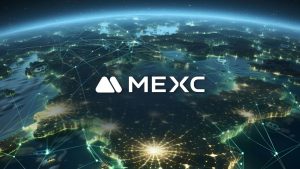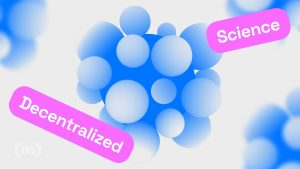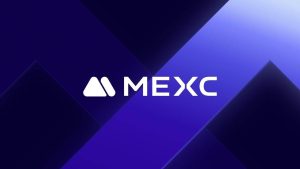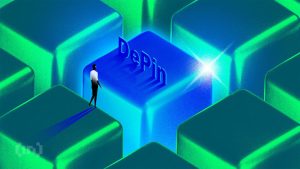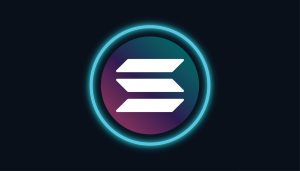Hedera Hashgraph Upgrade Moves Platform Towards Decentralization
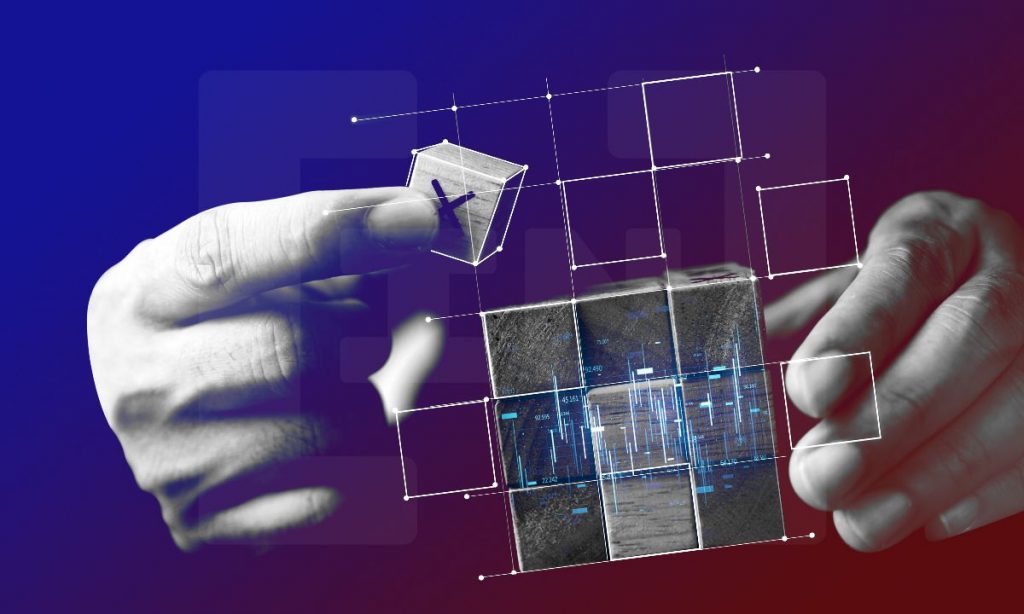
Hedera Hashgraph’s mainnet upgraded to v0.14.0. The upgrade includes additional nodes online and new nodes operated by Chainlink.
In a move towards decentralization, the upgrade brought two pre-existing nodes, 13 and 15, online. Additionally, the upgrade included two brand new nodes, 20 and 21, partly operated by Chainlink Labs.
Hedera is a public distributed ledger built for the development and employment of dApps and microservices. Some of Herdera’s services include tokens, smart contracts, file service, and consensus.
The distributed ledger runs atop their distinctive hashgraph consensus algorithm. It consists of permissioned nodes under the Hedera Governing Council, “a group of term-limited enterprises that lead the network’s direction.” Herdera is the only public DL with authorized use of the hashgraph technology.
The network intends to morph into an entirely permissionless model. The addition of the Chainlink node in the latest upgrade is a step in this direction.
Further decentralization with Chainlink node
One of the most notable and important features of Hedera’s v0.14.0 upgrade is the addition of not only one but two nodes (20 and 21) partly operated by Chainlink Labs.
The developers provide secure distributed ledger middleware that enables users to leverage smart contracts. The network will provide Chainlink integration with the Hedera Token Service (HTS).
This development marks the ledger’s move towards a fully permissionless model, as Chainlink steps into the ecosystem and onboarded to the Council.
The Chainlink Labs node is a transitional node on the mainnet. It’s hosted in a LiquidWeb data center. The Hedera Governing Council plans to assist in node management while the new Council member is fully integrated.
Agryo, an agri-finance ecosystem on Hedera, launched one of the Chainlink nodes.
In a statement on Twitter, the smart contract provider announced the partnership which aims to, “bring its proprietary agricultural data on-chain, enabling sustainability-focused DeFi & insurance dApps based on farm credit assessment scores & land monitoring reports.”
Hedera upgrades for user efficiency
Another one of the primary upgrade features is account auto-renewal, which is based on the specifications of HIP-16 (Hedera Improvement Proposal).
Account auto-renewal is currently not active, though it plans to launch after the Hedera community is further informed of the feature’s impact and capabilities.
Hedera Improvement Proposals are opportunities for the Hedera community to collectively discuss systematic issues and provide input for future upgrades.
Other important upgrade notes include the development of infrastructure to allow the platform reconnect feature. This enables a node to catch up in terms of “consensus gossip” after it has lapsed.
The GetVersionInfo query on Hedera API now features an optional pre-release version and builds metadata field from Semantic Versioning spec when relevant.
In addition, admins that upgrade a system account’s key, now have their signing requirement waived for the new key of the account.
While this v0.14.0 upgrade focused on user efficiency, the previous mainnet upgrade, which happened last month, appeared more about functionality.
As a result, the v0.13.2 upgrade focused on the redesign of scheduled transactions and reduced the number of validating signatures for transactions on the ledger.
Eyes on HBAR
This year the native token of the Hedera network, HBAR, momentarily broke out of its resistance point. It reached a $0.71 high, but dropped down to hover around its current level of $0.22.
As the network moves towards permissionless nodes, the token will guard against attacks and fuel network productivity.
Due to Hedera’s proof of stake operating system, the HBAR token is energy-efficient. This is key as energy efficiency and sustainability are growing trends in the distributed ledger community.
Hedera’s latest update is an example of the network’s consistent steps towards decentralization and environmentally-friendly network functionality.
Disclaimer
All the information contained on our website is published in good faith and for general information purposes only. Any action the reader takes upon the information found on our website is strictly at their own risk.


